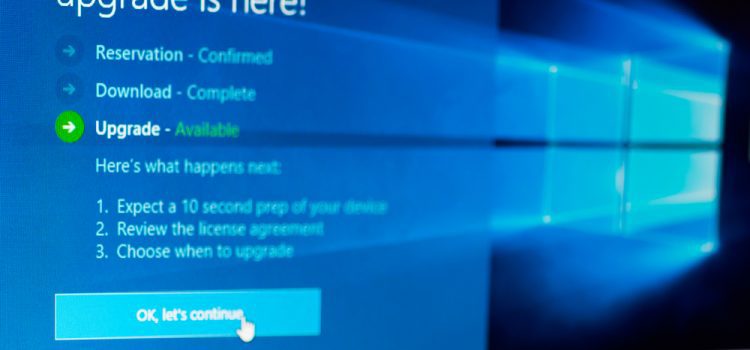The technology sector is always advancing. The first computer ever, called the Electronic Numerical Integrator and Computer (ENIAC), was announced in 1946 and heralded as a “giant brain” by the press. This computer weighed 27 tons, took up 1800 square feet of space in a large room, consumed 150 kilowatts of power, and ran on a single core 100 kilohertz (kHz) processor. In the very near future, we will have computers running on 32core 3gigahertz (GHz) processors. It would take 960,000 ENIAC computers to equal the power of computers coming out in the near future.

What Are Processors?
The central processing unit (CPU) of your computer is essentially the computer’s brain. This is where it “thinks” and performs tasks. The ENIAC only had one processor, and it was very slow (by today’s standards). Running at a speed of 100 kHz, it could add or subtract two 10digit numbers 5000 times per second. A 32core 3 GHz CPU could do the same 4.8 billion times per second. In essence, having a 32core processor is akin to having a computer with 32 brains.
Launch Issues of 32 Core Computers
There are some 32core processors out there now, but they’re primarily in development stages. Intel and AMD have been working on a 32core processor called Kelifer that they had planned to launch in 2009 2010, but were unable to due to complications. Those complications primarily come from the size of the chip and memory issues. Today’s processors measure about 45 nanometers (nm) while each of the processors to be used in 32core computers would need to be 32 nm in size. Shrinking the processors down requires a lot of effort to maintain power and effectiveness.
The other issue is that having 32 cores means there are 32 “brains” pulling from a single batch of memory. The memory in your computer’s ability to handle multiple tasks at once. When you have 32 brains working on tasks all at the same time, it drains a lot more of the memory, so the issue is that more memory needs to be added, possibly even to a group of cores at a time, rather than all of them at once.
Availability
Currently, we have computers that run on 16 cores and they are pretty fantastic as it is. But just as technology advances constantly, so too do the needs for technology. There will come a time in the not too distant future, perhaps within the next 5 years, that 32 core CPUs will be standard and we’ll be waiting on 64 or 128core computers. When the 32 core CPUs become available in mass quantities, we’ll find that our computers will be lightning fast, handling so many complex problems all at the same time that would cause our current hardware to pitch a fit and give us the dreaded blue screen.
Source:
http://www.wifinotes.com/computer-hardware-components/32-Core-CPU-by-AMD-Intel.html



